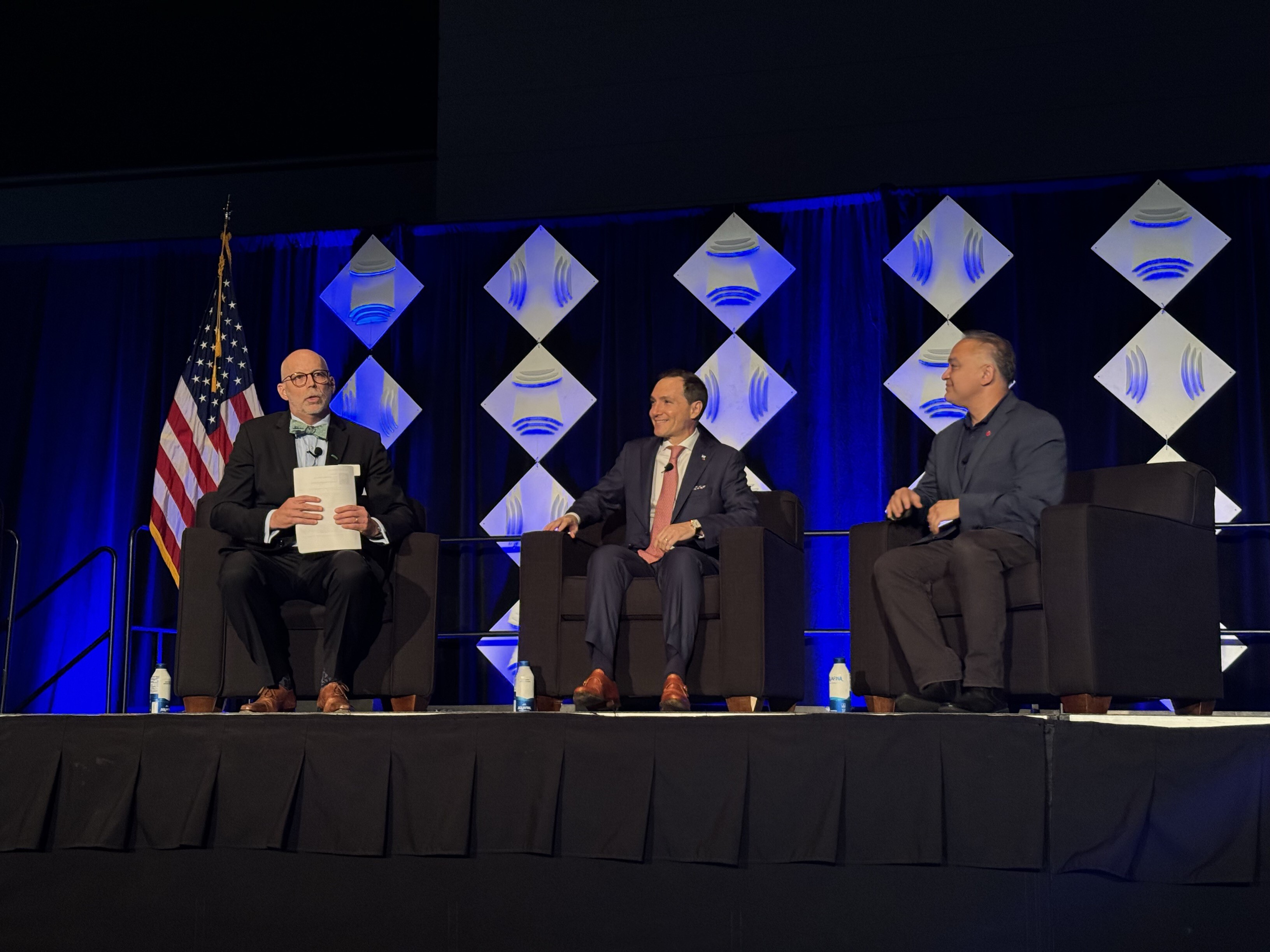Clean Label Project’s Protein Powder Report Overlooks Basic Scientific Principles
Several NSF clients have asked my opinion about the Clean Label Project's recent press release and report on contaminants in protein powders. As a scientist, I’m deeply troubled by the methods the Clean Label Project used in its study and report. I trust that the organization and its leaders have good intentions, but their eagerness to warn consumers about contaminants may have caused them to overlook some basic scientific principles.
In sensational language, the report claims to have found "detectable" or "measureable" levels of heavy metals and other contaminants in protein powders – implying that any detectable level of contamination presents a health risk to consumers. But it's not that simple.
"Detectable" Does Not Mean Unsafe
Many plant-based products contain detectable or measureable levels of heavy metals like cadmium, lead, arsenic and mercury. These heavy metals and others are naturally occurring in the earth's crust and its soil. As a result, heavy metals are detectable in many plant-based foods and plant-based supplement ingredients. Finding detectable levels of heavy metals in plant-based products is not a surprise and is not evidence of a health risk. It simply means the laboratory instrumentation is sophisticated enough to detect these elements.
Instead of focusing on detectable and measureable levels of contaminants, NSF uses peer-reviewed scientific research and chemical-specific, human health risk assessments to set risk-based criteria – or "acceptable" levels – for each contaminant. This is the standard practice among scientific organizations and regulatory agencies worldwide.
The risk-based criteria used by NSF are reviewed and approved by the NSF/ANSI 173 Joint Committee, which consists of independent scientists, regulators, manufacturers and consumer groups. As an additional step, the NSF Council of Public Health Consultants (CPHC), an independent group of public health experts, also reviews NSF standards and risk-based criteria.
Products certified to NSF/ANSI 173, the American National Standard for Dietary Supplements, are independently tested for potentially harmful levels of arsenic, cadmium, chromium, lead, mercury and many other contaminants1. (NSF-certified products are evaluated and tested against a variety of other criteria as well.) Notably, NSF's risk-based criteria for heavy metals are harmonized with or more stringent than the criteria set by the U.S. EPA, the U.S. FDA, World Health Organization (WHO), Health Canada and other regulatory bodies.
While there may be detectable levels of heavy metals and other contaminants in a product, many of the low levels reported by the Clean Label Project do not present a scientific health risk to consumers. There is no peer-reviewed scientific evidence to support the Clean Label Project's implied claim that detectable levels of heavy metals present a health risk.
Lack of Transparency
For an organization that claims to be on a mission to "educate the public so they can make informed choices," the Clean Label Project operates without much transparency. Specifically, I'm concerned about the following points:
- No peer review. The organization does not submit its studies for peer review, which is an essential step in the scientific process.
- Unknown methodologies. The organization has not published its methodologies, which means its research findings cannot be substantiated or replicated.
- No data. The limited "Blinded Raw Data" the organization provides on its website makes it impossible to tell which findings are associated with which products.
- Subjective rating system. Without data to support its findings, the organization's 5-star rating system seems quite subjective.
- No accreditation. The independence and integrity of the Clean Label Project does not appear to be accredited by any major accrediting body.
The Clean Label Project's lack of transparency and its apparently subjective rating system do not seem to be based on science.
Conflict of Interest
While the organization claims to be a watchdog group on mission to educate consumers about the dangers of "detectable" levels of contaminants, it is operating an unaccredited certification program, which will allow "acceptable" levels of contaminants in certified products.
"...product has been independently tested and certified to be low in industrial and environmental contaminants. [emphasis added]
The organization decries "detectable" levels of contaminants in its reports and press releases in order to generate media coverage, but then permits "acceptable" or "low" levels of contaminants in its fee-for-service certification program. This seems hypocritical.
Mysterious Ranking System
The organization applies a 5-star rating system to each product based on detectable levels of contaminants in the products. Rather than sharing the data openly and putting the results in context, they created a rating system that obscures the fact they are reporting detectable and measureable levels of heavy metals, not levels that may present a health risk. As stated previously, the mere presence of a detectable contaminant in a product does not mean that product is unsafe. It is misleading to rate products based on detectable levels and imply the ratings speak to the products' safety.
Science is complicated. The little details matter. In the Clean Label Project's efforts to create a simplified rating system that can be summed up in a sensational headline, they have ignored essential details and scientific methods. Scientists know that the terms "measurable" or "detectable" are meaningless without the proper context. These words lack the specificity necessary to understand the health risk of exposure to a specific contaminant.
NSF has a 70-year history of scientific integrity and a proven commitment to protecting and improving public health. We demand the highest ethics and integrity from our people and we operate using sound scientific principles. Despite the Clean Label Project's latest product-rating scheme, consumers can use NSF-certified dietary supplements and protein powders with confidence.
Sincerely,
Lori Bestervelt, Ph.D.
Executive Vice President and Chief Technical Officer
NSF
1NSF-certified products go through a rigorous certification process that includes:
- GMP verification: Manufacturing facilities inspected twice a year to verify compliance with the U.S. FDA's Good Manufacturing Practice (GMP) requirements
- Label claim review: to verify what’s on the label is in the package
- Toxicology review: to verify product formulation and label claims
- Contaminant testing: to verify there are no harmful levels of specific contaminants in the product
- Ongoing monitoring: to verify compliance through periodic auditing and testing
Share this Article
How NSF Can Help You
Get in touch to find out how we can help you and your business thrive.

What’s New with NSF

NSF Shanghai Named Critical Site for NSF/ANSI 455 and NSF/ANSI 173 by ANSI National Accreditation Board
July 26, 2024
NSF Takes Center Stage at NEHA Annual Education Conference
July 25, 2024
NSF Asia Pacific Showcases Hospitality Solutions at THAIFEX HOREC Asia 2024 in Bangkok, Thailand
July 4, 2024